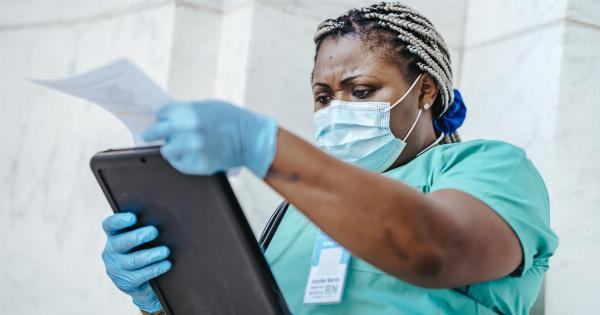Cervical cancer is a type of cancer that occurs in the cervix, the lower part of the uterus that connects to the vagina. It most commonly affects women over the age of 30.
Unfortunately, there are many misconceptions about cervical cancer that can lead to confusion and potentially harmful decisions when it comes to prevention and treatment. Here are ten of the most common misconceptions about cervical cancer in women:.
1. Only women who are sexually active can get cervical cancer
While having unprotected sex or having multiple sexual partners can increase the risk of developing cervical cancer, it is not the only cause.
The human papillomavirus (HPV) is a common cause of cervical cancer, and it can be spread through vaginal, oral, or anal sex. However, even women who have never been sexually active can develop cervical cancer if they have HPV.
2. Cervical cancer is a rare disease
While cervical cancer is less common than some other types of cancer, it is still a significant health concern.
In fact, according to the American Cancer Society, there will be an estimated 14,480 new cases of cervical cancer and 4,290 deaths from the disease in the United States in 2021.
3. Pap smears can diagnose cervical cancer
Pap smears, which are tests that check for abnormal cervical cells, can detect early signs of cervical cancer. However, a Pap smear alone cannot diagnose cervical cancer.
If abnormal cells are detected during a Pap smear, further testing, such as a colposcopy or a biopsy, may be necessary.
4. HPV vaccines are only for teenagers
The HPV vaccine is recommended for both girls and boys starting at age 11 or 12, but it can still be beneficial for older individuals. The vaccine protects against several strains of HPV that can cause cervical cancer, as well as other types of cancer.
5. Cervical cancer always causes symptoms
In the early stages, cervical cancer may not cause any symptoms, which is why regular Pap smears are so important.
Symptoms of cervical cancer can include abnormal bleeding, pain during sex, and unusual discharge, but these symptoms can also be caused by other conditions.
6. Only women who smoke can get cervical cancer
While smoking can increase the risk of developing cervical cancer, it is not the only risk factor.
Other factors that can increase the risk of cervical cancer include a weakened immune system, a family history of cervical cancer, and long-term use of birth control pills.
7. Cervical cancer is always fatal
If cervical cancer is detected early, it is highly treatable. In fact, the five-year survival rate for women with early-stage cervical cancer is over 90 percent.
However, if cervical cancer goes undetected and untreated, it can spread to other parts of the body and become much more difficult to treat.
8. Women who have had a hysterectomy cannot get cervical cancer
If a woman has had a total hysterectomy, which includes the removal of the uterus and cervix, she cannot develop cervical cancer.
However, if she has had a partial hysterectomy that left the cervix intact, she is still at risk for cervical cancer and should continue to have regular Pap smears.
9. Only older women can get cervical cancer
While cervical cancer is more common in women over the age of 30, it can still occur in younger women. In fact, the American Cancer Society estimates that approximately 10 percent of cervical cancer cases occur in women under the age of 30.
10. There is no way to prevent cervical cancer
While there is no guaranteed way to prevent cervical cancer, there are several steps that women can take to reduce their risk.
These steps include getting the HPV vaccine, practicing safe sex, having regular Pap smears, not smoking, and maintaining a healthy immune system.






























